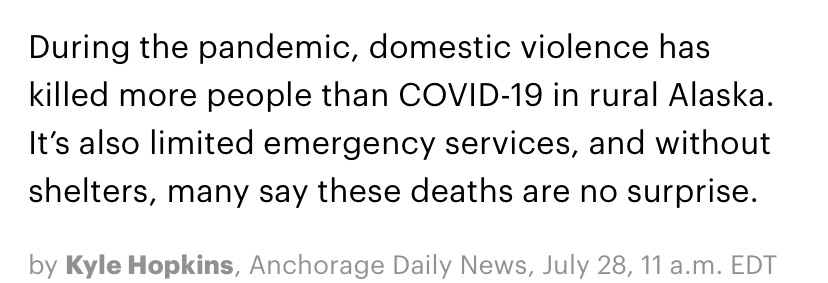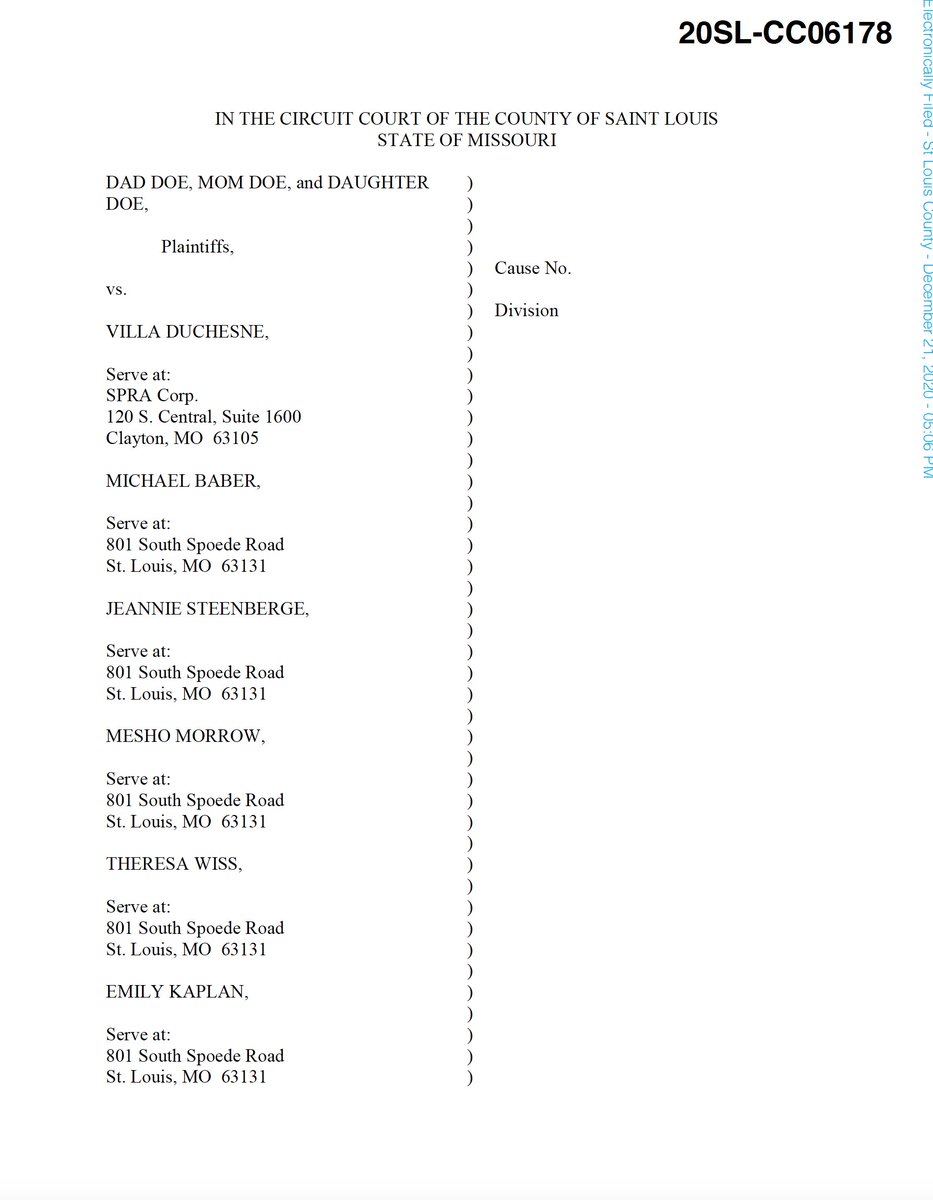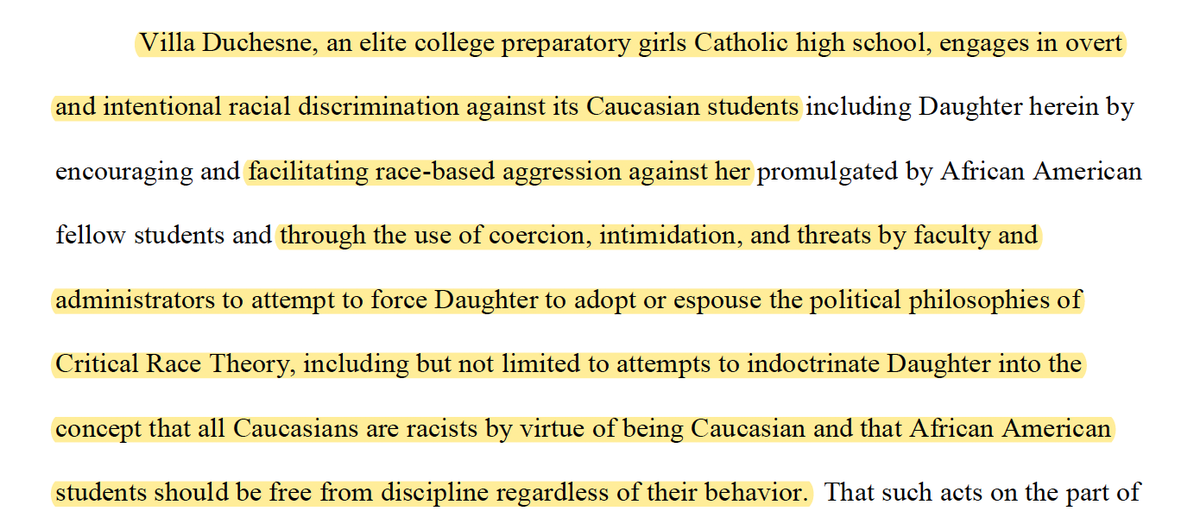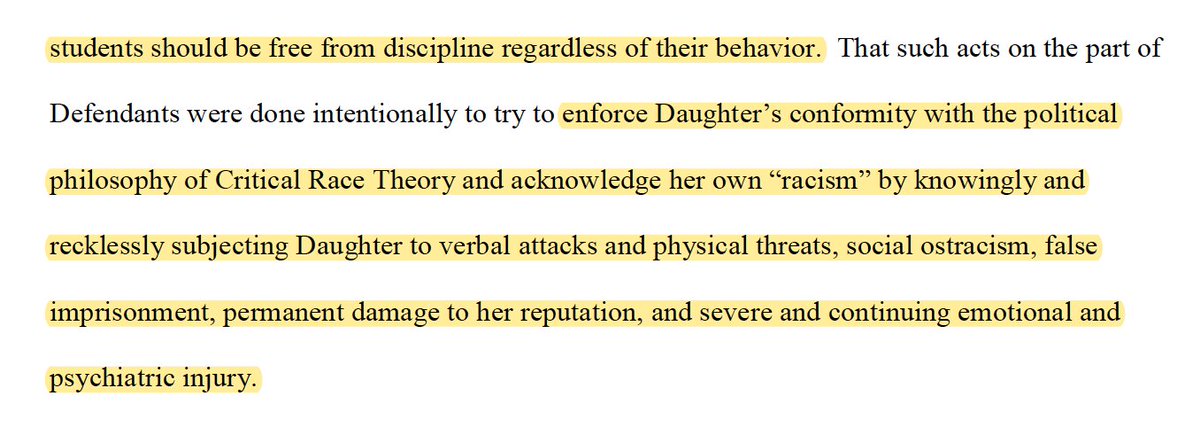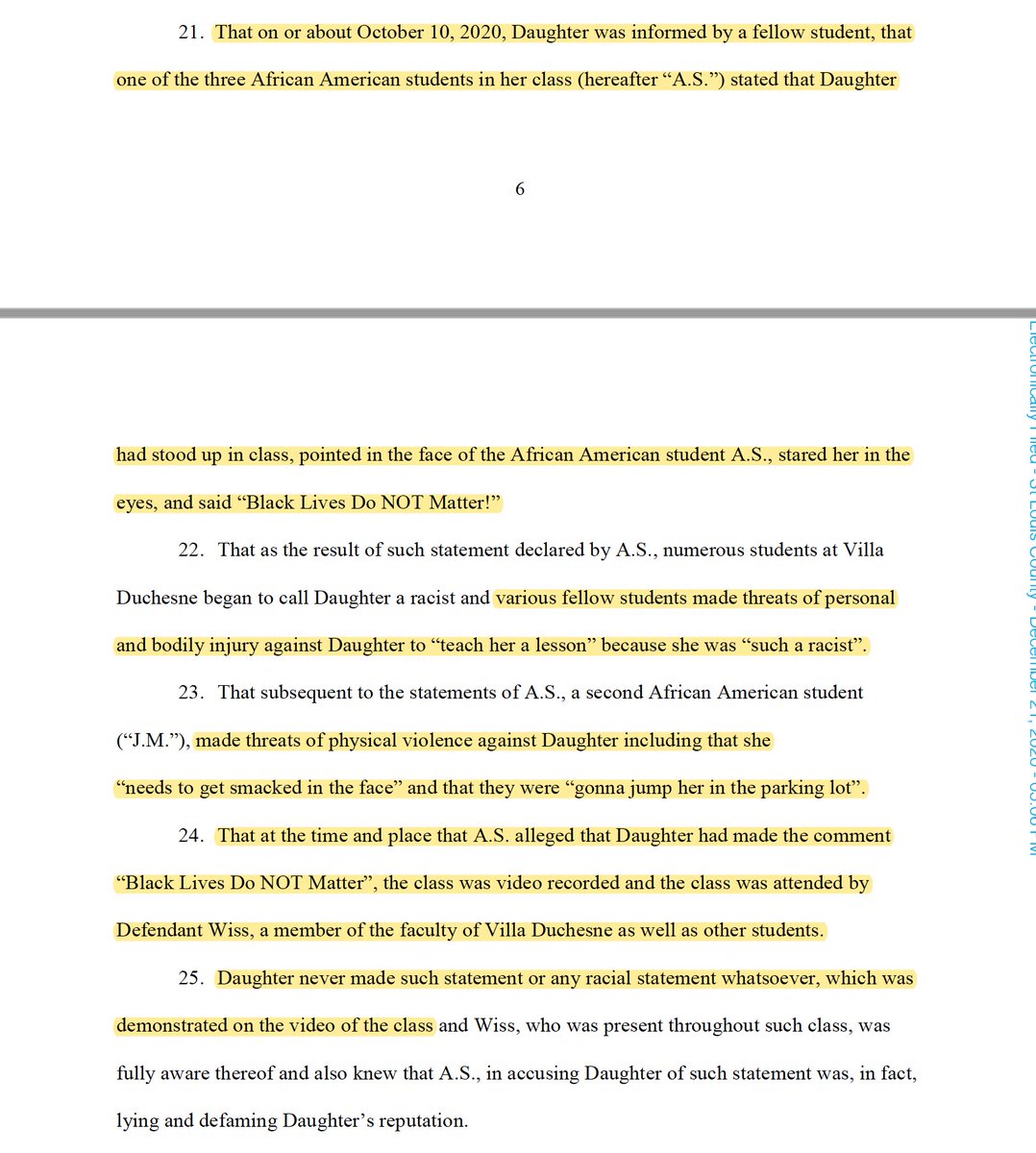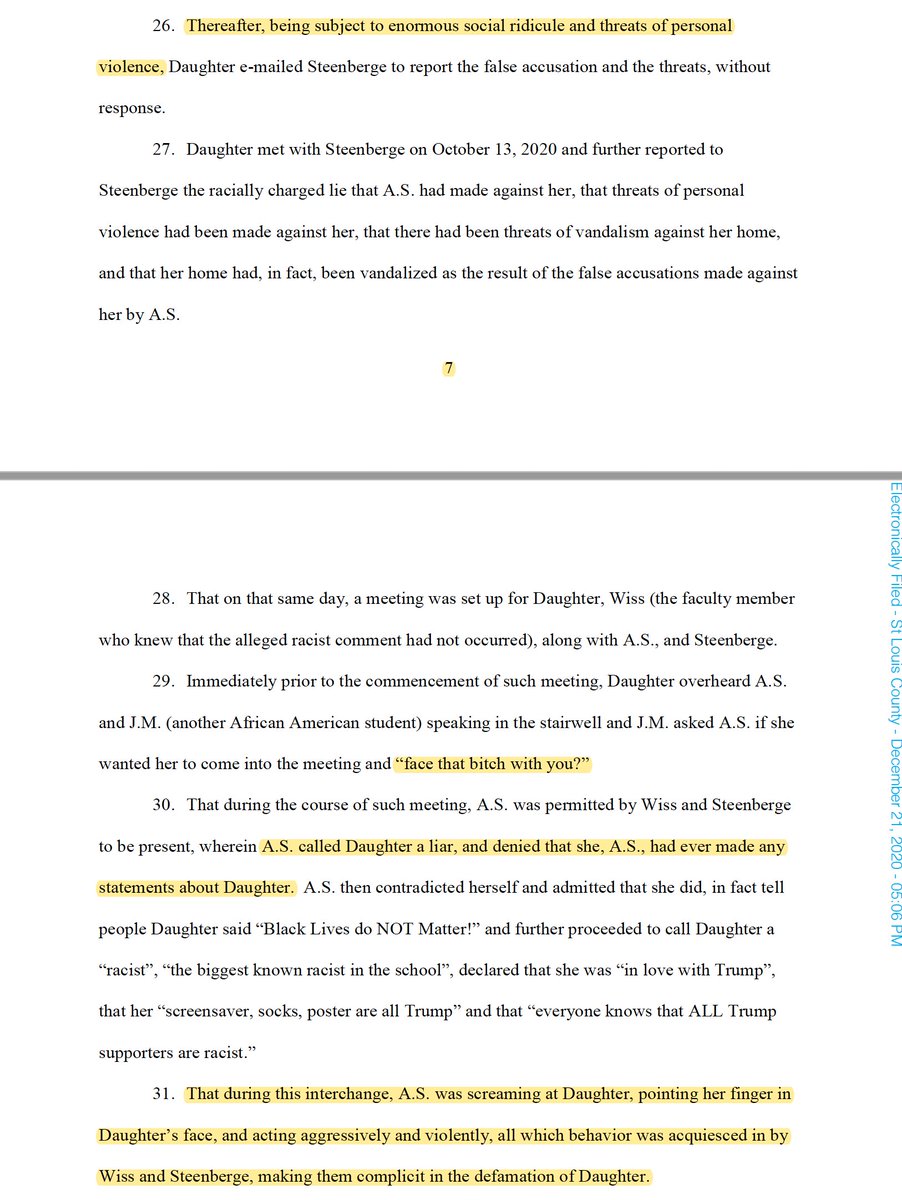The problem that the ‘lets-shut-schools-for-a-couple-of-weeks-crowd’ ignore is that its much easier to shut schools than to open them. Therefore, the probability is that once schools are shut, they will be shut for months on end, just like last time.
https://t.co/A4RlbYAOul
https://t.co/o8VrFgaxn3
\u27a1\ufe0f NEW WORKING PAPERS ALERT \u2b05\ufe0f
— Santiago PEREZ VINCENT (@santipvincent) July 17, 2020
We have just released two studies on the impact of COVID-19 lockdowns on domestic violence using data from Argentina. Both studies show significant increases of domestic violence due to the lockdown.
Find the papers here:https://t.co/ta67OJMhUA pic.twitter.com/y6ZTbqFB8W
https://t.co/alrDwmR12z
Calls to "honour" abuse charities in #Britain have doubled since lockdown on 23 March. "Cases include a young mother whose husband attempted to strangle her and threatened to throw acid in her face, and another who was hospitalised after being stabbed." https://t.co/r98Eaxu1fO
— Kyle Orton (@KyleWOrton) June 3, 2020
https://t.co/imUfStnXuE
\U0001f4c8 The number of elderly abused by relatives or carers has risen by as much as 37 per cent during lockdown https://t.co/ckssERVyHr
— The Telegraph (@Telegraph) May 17, 2020
https://t.co/wuScFDt8vS
\u201cIn the first month of quarantine, Ukraine\u2019s domestic violence hotline saw a 38% increase in calls compared to previous months. They went from 1,200 calls a month on average to over 2,000 calls between March 12 to April 12.\u201d https://t.co/jtSpAcWqVn
— Christopher Miller (@ChristopherJM) May 2, 2020
https://t.co/ePsJUTT5Ay
Is the lockdown leading to a rise in domestic abuse? In a six-week period to April 19, calls to the Met were up a-third and incidents increased by 9% compared with same period last year. Probably too early to make a clear link, but worrying signs: https://t.co/GU8VfwafNM
— Danny Shaw (@DannyShawNews) April 24, 2020
https://t.co/SKHSvOuQEm
\u2018Using up-to-date police data from 36 cities in 22 states in the U.S. and mobile device tracking data, we find that the increase in efforts to stay at home in the U.S. increased domestic violence by over 5% from March 13 to May 24, 2020.\u2019https://t.co/uBW92TNye1
— Post-Liberal Pete (@post_liberal) December 16, 2020
https://t.co/pmIAXCFRcE
https://t.co/5X3ywjaAqv
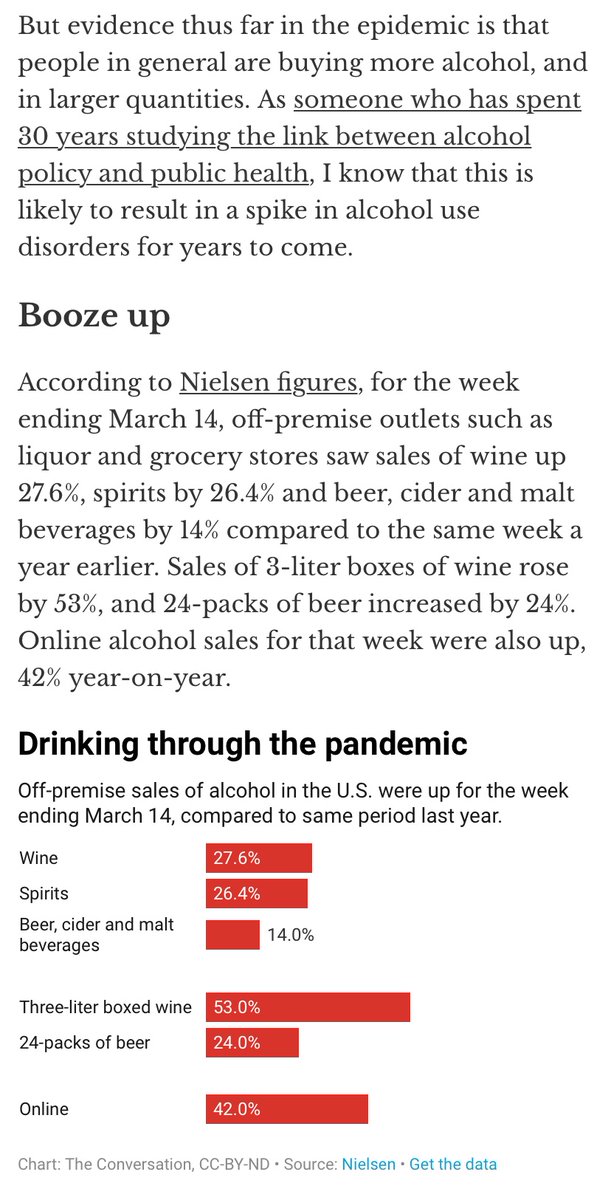
https://t.co/J0cAFHITVo
"One in 10 adult drinkers in Scotland drank more alcohol than normal during lockdown, according to new figures [from an alcohol industry charity]... \u2018Higher risk drinkers\u2019 were most likely to have drunk more than normal throughout lockdown." @Drinkaware https://t.co/r7cyrrn0Lw
— Phil Cain (@philcaincom) November 2, 2020
https://t.co/gYBA3xFva8
"The WSTA has crowned rum the \u2018drink of lockdown\u2019, as their latest figures show that rum enjoyed the biggest growth across all spirits during lockdown. In the 3 months from April to June 2020 38% more rum was sold than in the same period in 2019." @wstauk https://t.co/1qp1ClfEEB
— Phil Cain (@philcaincom) October 27, 2020
https://t.co/RSkwRtyZSr
The Royal College of Psychiatrists published a report this week that found\xa0the number of people drinking at \u2018high risk\u2019 levels has doubled to almost 8.5 million since February pic.twitter.com/IGuPNbvTCv
— The Telegraph (@Telegraph) September 16, 2020
https://t.co/qxGYTsXJp8
Increased substance use due to covid. Source: https://t.co/2DGhFvsWHu pic.twitter.com/RSkctg5HfE
— (((Jake Borodovsky))) (@PotResearch) August 17, 2020
https://t.co/0a96SM45I0
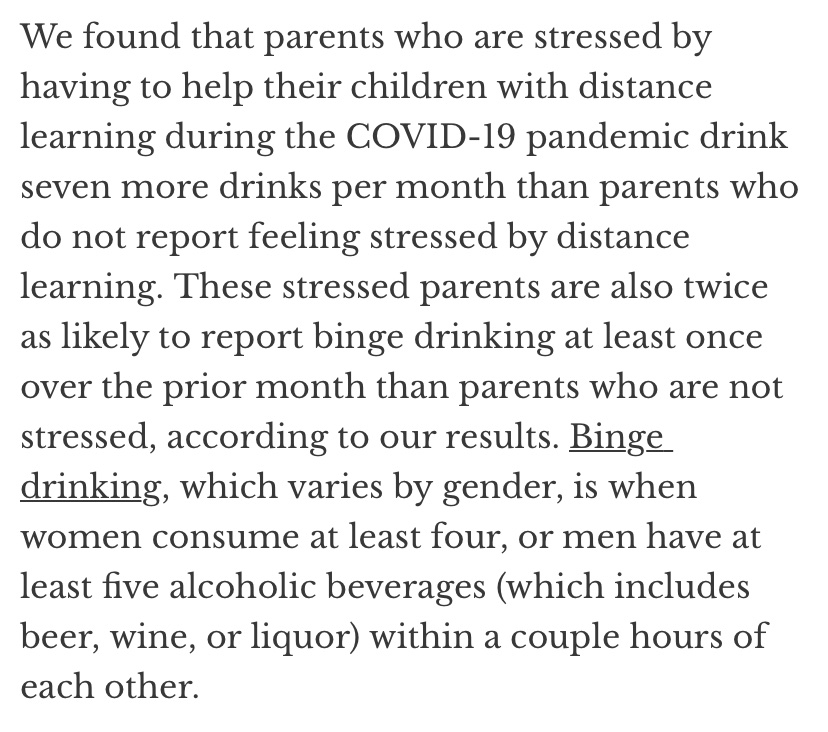
More from Education
I am yet to find a fully convincing account of what caused the emergence of the two contrasting schools of Ahl Al-\u1e24ad\u012bth in the \u1e24ij\u0101z and Ahl Al-Ra'\u012b in Al-K\u016bfa.
— Amir Aboguddah \u0623\u0645\u064a\u0631 \u0623\u0628\u0648\u063a\u062f\u0629 (@Amir_Aboguddah) January 20, 2021
My issue with the accounts are as follows:
Ibn Khaldun makes an important distinction between what he calls العُمران الحضري and العمران البدوي, which, for convenience’s sake, I’ll translate as urban civilisation and rural/Bedouin lifestyle.
He notes that the rural world is largely nomadic, and, as such, Bedouins build character traits that assist the survivalist lifestyle — e.g. the fact that they have to kill snakes that might pop up at any time during their travels helps them build courage and bravery.
The lack of stability and a proper settlement means they don’t really have the luxury of sitting down to let their minds wonder around. They thus build a preservation mindset, which manifests itself through emphasis on memorisation and transmission.
Inhabitants of urban world, on the other hand, are largely settled and established. This means they face less attacks from snakes, lions or danger of human attack from other tribes. Thus, they don’t build the courage and bravery of the Bedouins.
The latest REACT1 report shows prevalence of infection in ALL age groups has fallen, including children aged 5-12 from 1.59% in Round 8 to 0.86% in Round 9a. The authors of REACT1 report also (wisely) didn't try to interpret the prevalence figures.
If this were a research trial you wouldn't place much weight on the age differences in % prevalence because of the wide confidence intervals, i.e. differences weren't statistically significant.
3/
I've previously tweeted on the challenges (& dangers) of interpreting surveillance data. One would need lots more contextual info to make sense of it & arrive at sound
Misinterpretation of surveillance data is a serious issue. Surveillance data needs to come with a warning label - Open to biases - interpret with caution! Some may not realize that surveillance often does not measure all infection, it's a proxy for actual disease incidence.
— Andrew Lee (@andrewleedr) February 14, 2021
1/
Undoubtedly some will extrapolate from the prevalence of infection figures in children to other settings i.e. schools based on the headline. I'd advise caution as there is a real risk of over-interpretation through extrapolation of limited data. Association is not causation.
5/
You May Also Like
Beautifully read: why bookselfies are all over Instagram https://t.co/pBQA3JY0xm
— Guardian Books (@GuardianBooks) October 30, 2018
THEY DO READ THEM, YOU JUDGY, RACOON-PICKED TRASH BIN

If you come for Bookstagram, i will fight you.
In appreciation, here are some of my favourite bookstagrams of my books: (photos by lit_nerd37, mybookacademy, bookswrotemystory, and scorpio_books)


